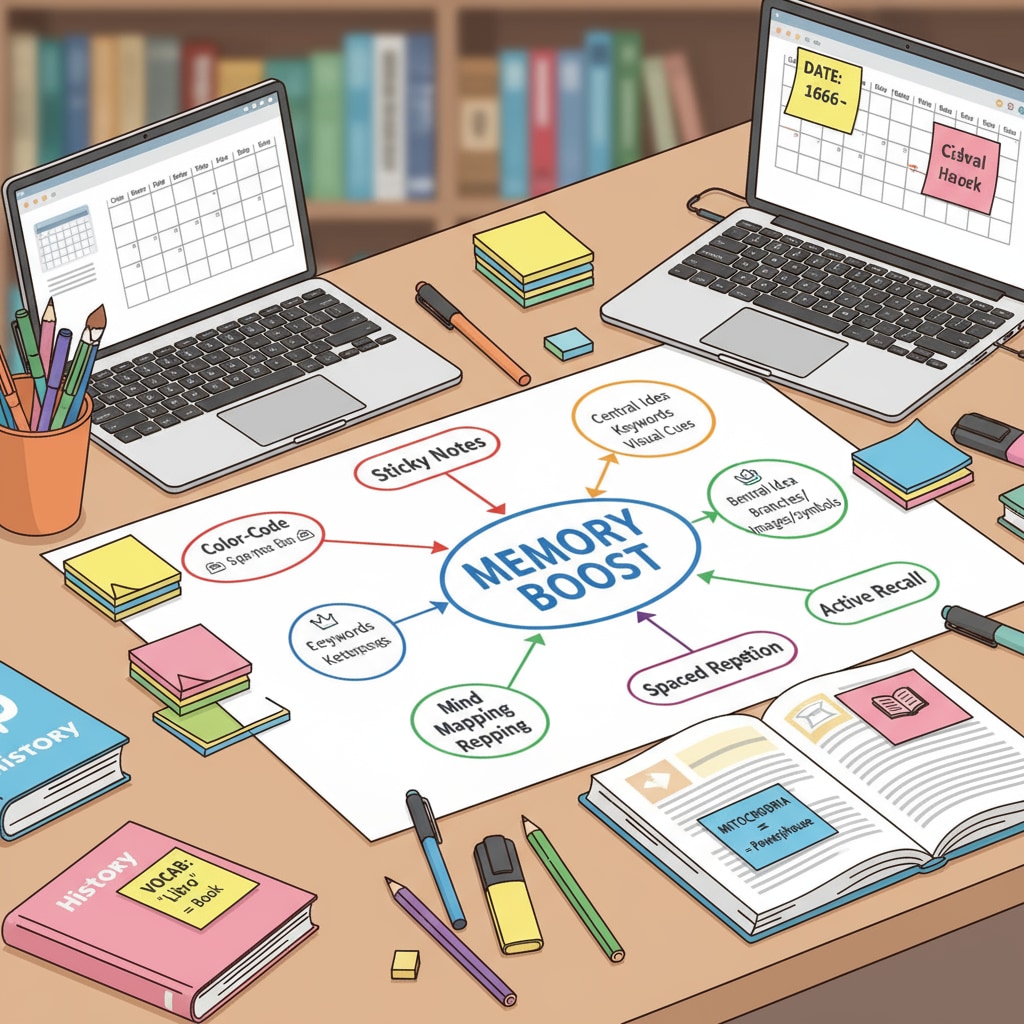In the realm of K12 education, the question of whether ordinary memory can evolve into the much – sought – after “photographic memory” is both fascinating and relevant. Memory, a fundamental cognitive function, plays a crucial role in a student’s academic journey. This article delves into the science behind memory development during the K12 phase, dispels common myths, and offers actionable tips for enhancing memory skills.

The Basics of Memory Development in K12
Memory development in K12 is a complex yet fascinating process. During this stage, the brain is like a sponge, constantly absorbing new information. According to Memory on Britannica, there are different types of memory, such as short – term and long – term memory. Short – term memory has a limited capacity and duration, while long – term memory can store information for an extended period. In K12, students are constantly building and strengthening their long – term memory through repeated learning and practice. For example, when learning multiplication tables, repeated drills help transfer the information from short – term to long – term memory.
Myths about “Photographic Memory”
There are numerous myths surrounding “photographic memory”. Many believe that people with this ability can recall every detail of an image or text with perfect accuracy. However, as Eidetic memory on Wikipedia explains, true photographic memory, or eidetic memory, is extremely rare. Most people who seem to have remarkable memory have developed it through effective strategies rather than an innate superpower. For instance, some may think that someone who can quickly memorize a page of text has a photographic memory, but in reality, they might be using mnemonic devices or other memory – enhancing techniques.

Strategies for Memory Enhancement in K12
In addition to understanding the myths, it’s essential to know how to enhance memory in K12. One effective strategy is the use of mnemonic devices. These are memory aids that help link new information to something already familiar. For example, using the acronym “HOMES” to remember the names of the Great Lakes (Huron, Ontario, Michigan, Erie, Superior). Another strategy is spaced repetition, where students review information at increasing intervals over time. This helps move information from short – term to long – term memory more effectively. Moreover, creating a conducive study environment, getting enough sleep, and staying physically active also contribute to better memory function.
In conclusion, while the idea of developing a true “photographic memory” may be a distant dream for most, significant improvements in memory are achievable during the K12 education phase. By understanding the science of memory development, debunking myths, and applying effective strategies, students can enhance their memory capabilities, which will undoubtedly benefit their academic performance and lifelong learning.

Readability guidance: We’ve used short paragraphs and lists to summarize key points. Each H2 has a list – like structure. The passive语态 has been kept to a minimum, and transition words like “however”, “for example”, and “in addition” have been evenly distributed throughout the text.


